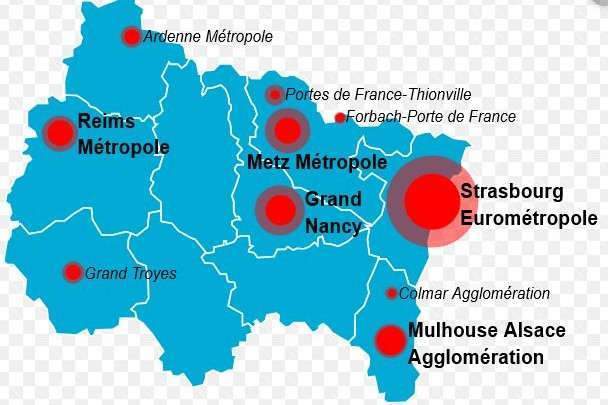Workers who move are younger, more qualified, but also more often unemployed (INSEE).
Workers from the Far East who leave the region are younger and more qualified than the rest of the labour force. They also do not have the same employment situation as those who change employment zones within the Far East. The share of unemployed among migrants from the Far East is higher than that of sedentary migrants, especially among employees and workers. However, the profiles of those entering and leaving the region are similar. A change of socio-professional category is more frequent for those who change employment area. Women in couples have more difficulty entering the labour market.
Negative balance
Residential migration is an essential link in balancing the labour market. In 2015, 68,900 working people aged 15 to 64 moved to or from the Far East to another metropolitan area and 52,600 moved to another employment area in the region. In addition, 10,900 moved from abroad and 1,200 from overseas.
The Grand Est is the least attractive region of the metropolis. The input-output balance is negative, with 6,600 active workers. The share of inflows among all assets is low (1.2%), but the share of outflows is also low (1.5%). The region is, however, in line with the national average for internal relocations, with 2.0% of assets.
The southern regions account for 40% of trade with the Greater East, the northern regions for 35%, and the Paris region for 25%. While the balance of migration is relatively balanced with the north of France and Île-de-France (-870 and -830 active people), it is clearly more in deficit with the south, with -4,900 active people.
A higher proportion of native-born workers among new arrivals
The return to the country is greater in the Greater East; 30.3% of the incoming workforce was born there, only Hauts-de-France has more entrants born in the region (32.3%).
Among working people moving to a new employment area, the return to the area of birth is greater in the Greater East than what is observed at the national level (19.8% versus 15.3%). This observation is valid for almost all employment zones in the region, except for Commercy, Molsheim-Obernai, Saint-Louis, Saverne, Longwy, Sélestat and Epernay. The Thionville employment zone is very attractive because of its proximity to Luxembourg. However, the proportion of natives among new entrants is relatively high (23.5%).

